Osaka Castle (大坂城 or 大阪城, Ōsaka-jō) is a Japanese castle in Chūō-ku, Osaka, Japan. The castle is one of Japan’s most famous landmarks and it played a major role in the unification of Japan during the sixteenth century of the Azuchi-Momoyama period.
Layout
The main keep of Osaka Castle is situated on a plot of land roughly one square kilometre. It is built on two raised platforms of landfill supported by sheer walls of cut rock, using a technique called burdock piling, each overlooking a moat. The keep is five stories on the outside and eight stories on the inside and built atop a tall stone foundation to protect its occupants from attackers.
The main keep is surrounded by a series of moats and defensive fortifications. The castle has two moats (an inner & outer). The inner castle moat lies within the castle grounds and consists of two types: a wet (northern-easterly) and dry (south-westerly). The outer moat meanwhile surrounds the entire castle premise, denotes the castle’s outer limits, and consists of four individual water-filled sections, each representing a cardinal direction (North, East, South, West).
The castle grounds, which cover approximately 61,000 square metres (15 acres), contain the following thirteen structures that were denoted as “important cultural assets” by the Japanese government:
Ote-mon Gate
Sakura-mon Gate
Ichiban-yagura Turret
Inui-yagura Turret
Rokuban-yagura Turret
Sengan Turret
Tamon Turret
Kinmeisui Well
Kinzo Storehouse
Enshogura Gunpowder Magazine
Three sections of ‘dobei’ mud-and-plaster wall all located around the Otemon Gate; each has its own Important Cultural Property status
There are also some megaliths at the castle include the Octopus stone, but these have no cultural property status. The outer moat has two main sentry checkpoints: the Aoyamon Gate (in the north-east) and the Otemon Gate (in the opposing south-west).
Between the outer and inner moat are the following: Fushimi-yagura Turret Remains, Ensho-gura Gunpowder Storehouse, Osaka Geihinkan, Hoshoan Tea House, Osaka Castle Nishinomaru Garden, Sengan-yagura Turret, Tamon-yagura Turret, Remains of Taiko-yagura Turret, Osaka Shudokan Martial Arts Hall, Hokoku Shrine (Osaka), Ichiban-yagura Turret (The first turret), and Plum Grove.
There are two places to cross the inner moat, Gokuraku-bashi Bridge (located in the North) and Sakuramon Gate (main sentry point in the South).
Within the inner moat, the castle was divided into two major areas: the Hommaru (Inner Bailey) and the Yamazato-Maru Bailey. Located within the Hommaru is the Main Tower, the Kimmeisui Well, the Japanese Garden, the Takoishi (Octopus Stone), the Gimmeisui Well, the Miraiza Osakajo Complex, the Kinzo Treasure House, and the “Timecapsule Expo’70”. While within the Yamazato-Maru Bailey consists of the Marked-Stones Square, and the Monument commemorating ‘Hideyori and Yodo-dono committing suicide’.
As with almost all Japanese castles from the Azuchi-Momoyama period onward, the tenshu (天守, main keep), the most prominent structure, was used as a storehouse in times of peace and as a fortified tower in times of war, and the daimyo (大名, feudal lord)’s government offices and residences were located in a group of single-story buildings near the tenshu and the surrounding yagura (櫓, turrets).










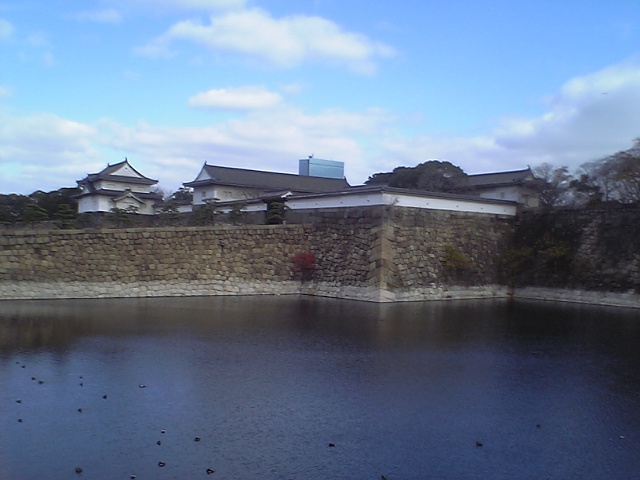






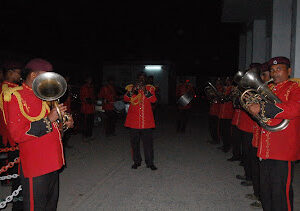
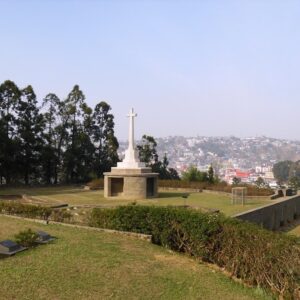




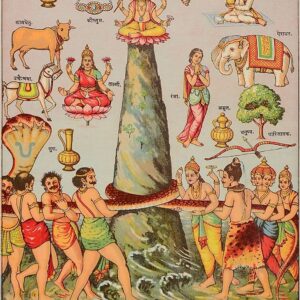

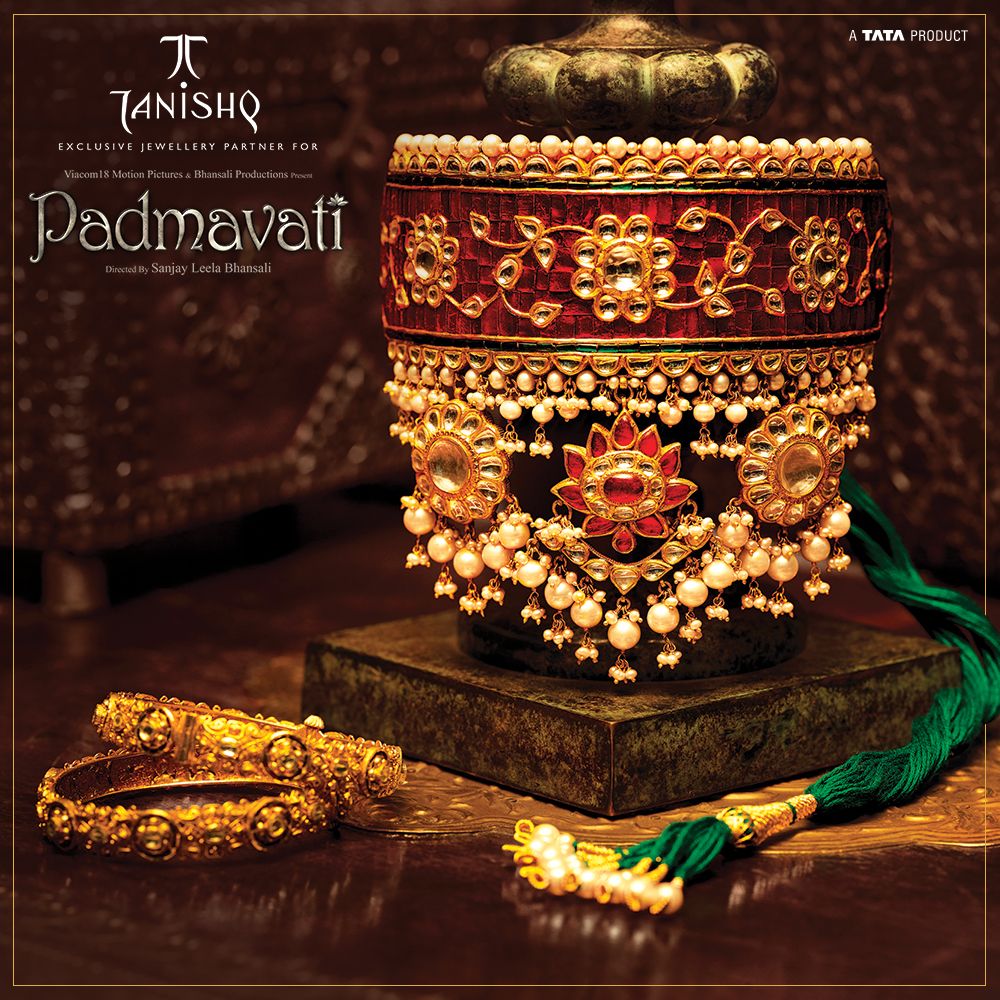
Reviews
There are no reviews yet